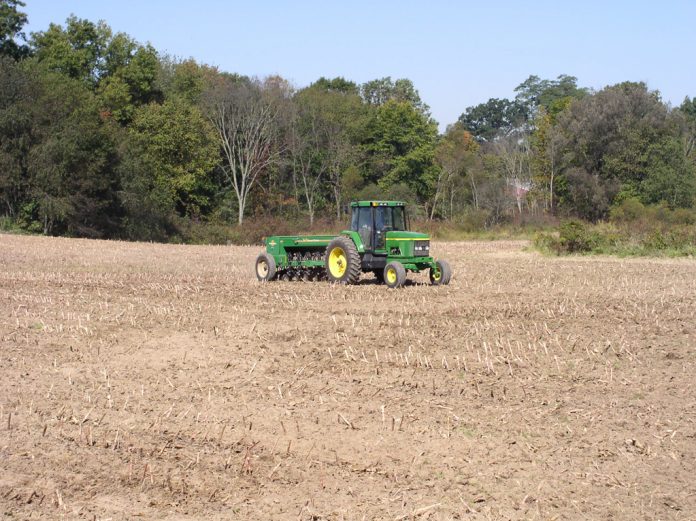News seems bullish, but grain rally has stalled.
I tend to get worried when the grain markets don’t go up with bullish news. Take the Mexico deal, for example. Grain prices went down last week, as the market struggled with the implications of the threatened tariff to force assistance from Mexico in limiting our illegal immigration problem.
Trade maneuvers
President Trump used the threat of tariffs on all Mexican products as a weapon to inspire the Mexicans to enforce their own laws and stop letting Central Americans to transit their country. Unfortunately for the agricultural business in this country, Mexico is the second-largest importer of agricultural products and our biggest corn importer.
It was easy to see why markets were nervous. Then came the news that the Mexicans blinked, and the thought was that prices would go back up.
Nope — June 10 we started out sharply lower, instead of higher. Eventually, we shrugged off the losses. Then came the report late in the day from U.S. Department of Agriculture on planting progress. Seemed pretty awful to me, and inspired the thought that we could go higher.
But prices lowered in early trading June 11 on the futures market in Chicago, with corn down more than 3 cents and soybeans down a penny. Wheat is down 2 to 5 cents.
Go figure. All right, I guess it is my job to do just that — go figure.
The planting progress report was ugly. We are setting records for the late pace of planting. We are almost to the middle of June now, and the reality is that we are pretty much done planting corn.
The dairy guys might put in some still later for poor silage, but the grain guys have to be done.
I have heard talk that some farmers in southern Illinois would plant until June 17, but they had a good week, so that drastic action might not be necessary.
Admittedly, the better price we are seeing pays for some drying, but the late planting would suggest a yield poor enough that prevented planting is a better choice.
Poor planting
Ohio leads the nation in late planting. Not a distinction to be desired.
We are at the bottom of the list, with 50% planted, up from 33% last year — and way, way behind the five-year average of 96%.
Farmers in northeast Ohio have struggled. One six-day stretch of good weather and a couple of days this weekend, on greasy ground, have got us looking pretty good, as far as planting. The drier areas have good stands, and the fields just look late.
The wetter areas of northeast Ohio are another matter. I have had farmers telling me that they will replant all their beans, and that the beans are only growing on the tile lines. There are better ways to make tile maps.
Leave northeast Ohio, and the problem becomes critical. An elevator friend in north central Ohio told me yesterday he was a little sheepish how good their crops are. They got planted, and they look good, if late.
He says the obvious, that it is northwest Ohio that is in trouble. Upper Sandusky and west is just not planted, and that is where most of the acres in Ohio are.
His view is that farmers will take prevented planting payments instead of planting any more, especially since another shot of rain June 10 was pretty widespread.
By the time we dry up again, we will be struggling to plant late soybeans. The U.S. is now 83% planted vs. an average of 99%. That means almost 16 million acres of intended corn is not planted.
Struggles
The marketing struggles are several. If you have not planted everything, how much do you price, now that the price has stopped moving up?
Corn gained most of a dollar, but farmers remember last year when we had one quick move in May, then never got another chance at pricing. Some people think that is what we just saw again. The reality is probably that the real crop production is not in the market yet. The USDA came out with supply and demand and crop production numbers June 11, but they were based on June 1 conditions. Now, we have a huge reduction in corn acres and a significant reduction in yields. Some of the yield reduction will come from planting date and some from the actual condition of the crop.
On June 10, the USDA, in the crop progress report, gave us our first look at crop condition for corn. It was ugly.
Ohio is shown as 49% good and just 9% excellent, for a total of 58%. The U.S. is rated at 52 and 7% for a total of 59%.
Sadly, this is actually 5% percent better than the market expected. The average for the nation is 59 plus 18 for 77%, at this time.













